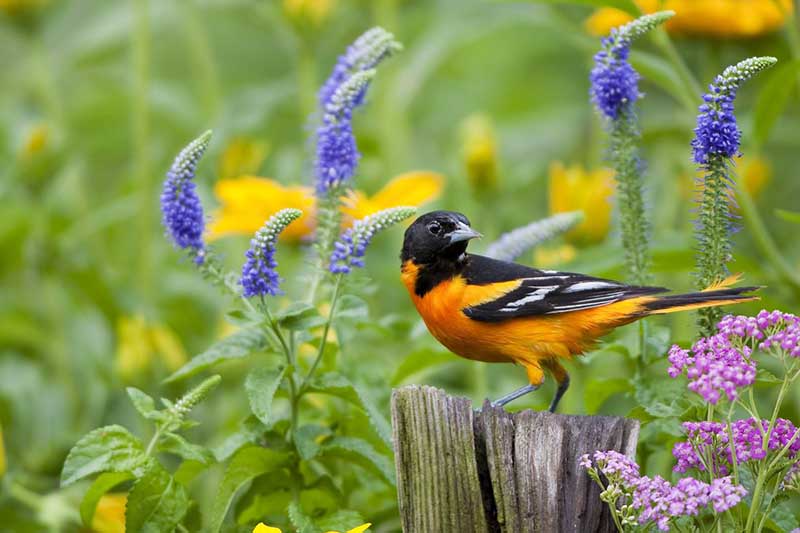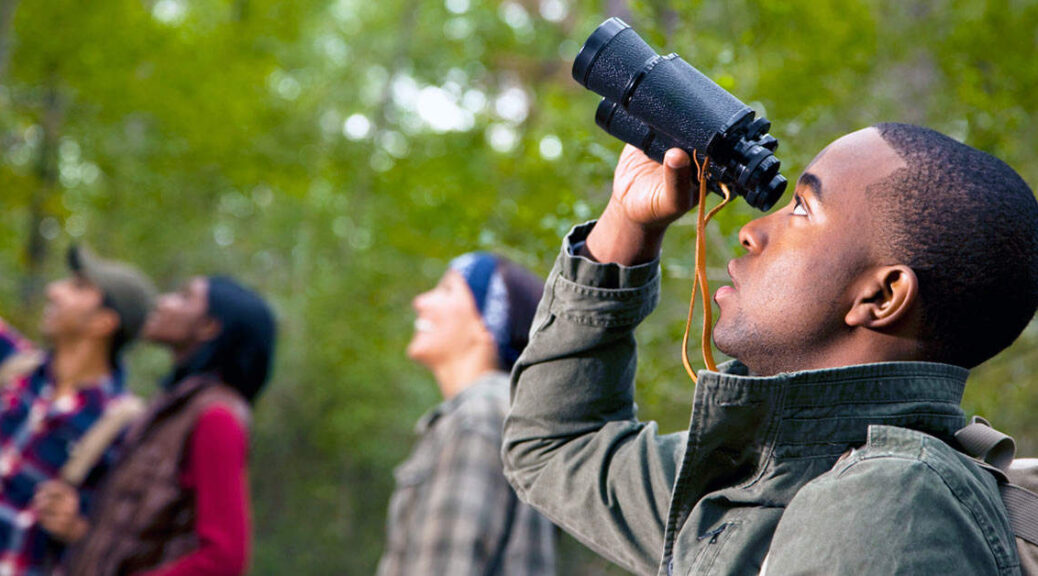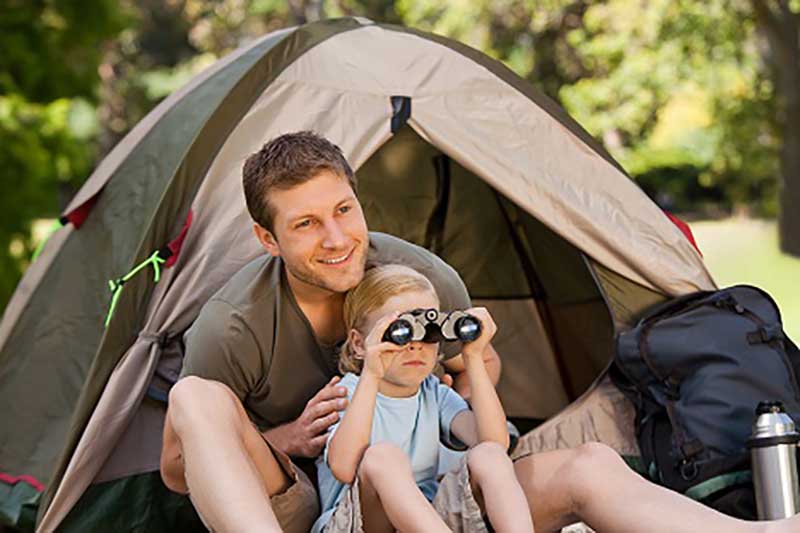Gardening for Bird Watching: How to Create a Bird-Friendly Habitat
If you’re a bird watcher, you know that attracting birds to your yard can be a rewarding experience. One way to do this is by creating a garden that birds will love. Gardening for bird watching is a great way to bring nature to your doorstep and enjoy the beauty of birds up close.
Understanding Bird Habitats
Types of Birds and Their Preferences
To attract birds to your garden, it’s important to understand the different types of birds and their preferences. Some birds prefer open spaces, while others like to nest in trees and shrubs. Here are a few examples:
- Hummingbirds: These birds prefer nectar-producing flowers and feeders.
- Sparrows: These birds like to nest in dense shrubs and bushes.
- Bluebirds: These birds prefer open areas with short grass and perching spots.
By understanding the different types of birds and their preferences, you can create a garden that is attractive to a variety of species.
Plants That Attract Birds
Plants are an important part of any bird habitat. They provide food, shelter, and nesting sites for birds. Here are a few plants that are attractive to birds:
- Sunflowers: These plants produce seeds that are a favorite food of many birds.
- Coneflowers: These plants produce nectar that attracts hummingbirds and butterflies.
- Black-eyed Susans: These plants produce seeds that are a favorite food of finches and sparrows.
When choosing plants for your garden, it’s important to consider the needs of the birds you want to attract. Choose plants that produce the food and shelter that your desired species prefers.
Setting Up Your Garden
If you want to attract birds to your garden, you need to set it up in a way that is appealing to them. Here are some tips on how to do that:
Choosing the Right Plants
Choosing the right plants is essential for attracting birds to your garden. You need to select plants that provide food, shelter, and nesting sites. Here are some plants that attract birds:
- Sunflowers
- Coneflowers
- Black-eyed Susans
- Hollyhocks
- Wildflowers
- Berries (such as blueberries, raspberries, and blackberries)
Garden Layout for Maximum Visibility
The layout of your garden is also important for attracting birds. Here are some tips for setting up your garden for maximum visibility:
- Create different levels in your garden by using trees, shrubs, and flowers of different heights.
- Place bird feeders and bird baths in open areas where they can be easily seen.
- Place birdhouses in areas that are sheltered from the wind and rain.
- Create a water feature, such as a pond or fountain, to attract birds.
It’s also important to consider companion planting when building your garden layout. Companion planting involves planting different plants together that benefit each other. By doing companion planting, you will not only maximize visibility for attracting birds but also maximize your harvest
Maintaining Your Bird-Watching Garden
Seasonal Care
To keep your bird watching garden healthy and thriving, it’s important to provide the proper care and maintenance each season. Here are some tips to help you keep your garden in top shape:
- Spring: In the spring, it’s time to start preparing your garden for the growing season. According to Stephanie from Backyard Gardeners Network, this is the perfect time to clean up any debris from the winter months, prune any dead or damaged branches, and add compost or fertilizer to the garden.
- Summer: During the summer months, it’s important to keep your garden well-watered and free from weeds. You can also add mulch around your plants to help retain moisture and keep the soil cool.
- Fall: In the fall, it’s time to start preparing your garden for the winter months. This is the perfect time to plant bulbs and perennials for next year, and to cut back any dead foliage.
- Winter: During the winter months, it’s important to protect your garden from the cold weather. You can do this by covering your plants with blankets or burlap, and by adding a layer of mulch to the soil to help insulate the roots.
Dealing with Pests
Pests can be a major problem in any garden, but there are ways to deal with them without using harmful chemicals. Here are some tips to help you keep pests under control:
- Use companion planting: Certain plants can help repel pests and attract beneficial insects. For example, planting marigolds around your garden can help repel aphids, while planting dill or fennel can attract ladybugs, which feed on aphids and other pests.
- Use physical barriers: You can also use physical barriers to keep pests out of your garden. For example, you can cover your plants with netting to keep birds and squirrels from eating your fruits and vegetables.
- Use natural remedies: There are many natural remedies that can help control pests in your garden. For example, spraying your plants with a mixture of water and dish soap can help control aphids, while sprinkling diatomaceous earth around your plants can help control slugs and snails.
Advanced Techniques
Attracting Rare Birds
If you want to attract rare birds to your garden, you need to provide them with the right environment. This means creating a habitat that is suitable for the specific species you want to attract. Research the bird’s natural habitat, food sources, and nesting preferences to create an ideal environment.
One way to attract rare birds is to provide a variety of food sources. Consider planting native plants and trees that produce fruits, berries, and nuts that are favored by the bird you want to attract. Install bird feeders and offer different types of seeds, suet, and nectar to attract a variety of birds.
Another way to attract rare birds is to provide a water source. Install a bird bath or small pond to provide a place for birds to drink and bathe. Make sure to keep the water clean and fresh to prevent the spread of disease.
Creating Bird Sanctuaries
Creating a bird sanctuary in your garden is a great way to attract and protect birds. A bird sanctuary is an area that is designed to provide birds with a safe haven where they can feed, nest, and rest without interference from humans or predators.
To create a bird sanctuary, you need to provide a variety of habitats. This includes areas for feeding, nesting, and roosting. Plant a variety of trees, shrubs, and flowers to provide cover and food sources. Install bird houses and nesting boxes to provide a safe place for birds to raise their young.
You also need to provide a safe environment for birds. This means minimizing the use of pesticides and other chemicals that can harm birds. Keep your garden free of litter and debris that can be hazardous to birds. Finally, make sure to keep your pets under control to prevent them from harming birds.
Conclusion
Incorporating bird-friendly gardening practices into your outdoor space can be a rewarding experience for both you and your feathered friends. By providing food, water, and shelter, you can attract a variety of bird species to your garden and create a thriving ecosystem.
Remember to choose native plants that provide food and shelter for birds, and avoid using pesticides and herbicides that can harm them. You can also add birdhouses, birdbaths, and feeders to your garden to provide additional resources for your feathered friends.
By gardening for bird watching, you can enjoy the beauty of nature right in your own backyard while also contributing to conservation efforts. Whether you’re a seasoned bird watcher or just starting out, creating a bird-friendly garden is a simple and enjoyable way to connect with nature and support local wildlife. So get out there and start gardening for the birds!


